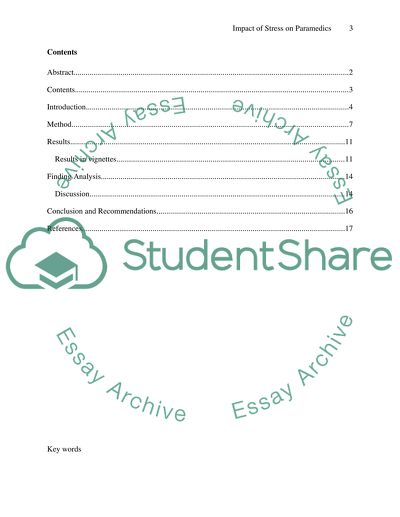Cite this document
(“Impact of Stress on Paramedics Essay Example | Topics and Well Written Essays - 3000 words”, n.d.)
Retrieved from https://studentshare.org/health-sciences-medicine/1399462-impact-of-stress-on-paramedics
Retrieved from https://studentshare.org/health-sciences-medicine/1399462-impact-of-stress-on-paramedics
(Impact of Stress on Paramedics Essay Example | Topics and Well Written Essays - 3000 Words)
https://studentshare.org/health-sciences-medicine/1399462-impact-of-stress-on-paramedics.
https://studentshare.org/health-sciences-medicine/1399462-impact-of-stress-on-paramedics.
“Impact of Stress on Paramedics Essay Example | Topics and Well Written Essays - 3000 Words”, n.d. https://studentshare.org/health-sciences-medicine/1399462-impact-of-stress-on-paramedics.


